[fusion_builder_container type=”flex” hundred_percent=”no” hundred_percent_height=”no” hundred_percent_height_scroll=”no” align_content=”stretch” flex_align_items=”flex-start” flex_justify_content=”flex-start” hundred_percent_height_center_content=”yes” equal_height_columns=”no” container_tag=”div” hide_on_mobile=”small-visibility,medium-visibility,large-visibility” status=”published” border_style=”solid” box_shadow=”no” box_shadow_blur=”0″ box_shadow_spread=”0″ gradient_start_position=”0″ gradient_end_position=”100″ gradient_type=”linear” radial_direction=”center center” linear_angle=”180″ background_position=”center center” background_repeat=”no-repeat” fade=”no” background_parallax=”none” enable_mobile=”no” parallax_speed=”0.3″ background_blend_mode=”none” video_aspect_ratio=”16:9″ video_loop=”yes” video_mute=”yes” pattern_bg=”none” pattern_bg_style=”default” pattern_bg_opacity=”100″ pattern_bg_blend_mode=”normal” mask_bg=”none” mask_bg_style=”default” mask_bg_opacity=”100″ mask_bg_transform=”left” mask_bg_blend_mode=”normal” absolute=”off” absolute_devices=”small,medium,large” sticky=”off” sticky_devices=”small-visibility,medium-visibility,large-visibility” sticky_transition_offset=”0″ scroll_offset=”0″ animation_direction=”left” animation_speed=”0.3″ filter_hue=”0″ filter_saturation=”100″ filter_brightness=”100″ filter_contrast=”100″ filter_invert=”0″ filter_sepia=”0″ filter_opacity=”100″ filter_blur=”0″ filter_hue_hover=”0″ filter_saturation_hover=”100″ filter_brightness_hover=”100″ filter_contrast_hover=”100″ filter_invert_hover=”0″ filter_sepia_hover=”0″ filter_opacity_hover=”100″ filter_blur_hover=”0″][fusion_builder_row][fusion_builder_column type=”1_1″ layout=”1_1″ align_self=”auto” content_layout=”column” align_content=”flex-start” valign_content=”flex-start” content_wrap=”wrap” center_content=”no” column_tag=”div” target=”_self” hide_on_mobile=”small-visibility,medium-visibility,large-visibility” sticky_display=”normal,sticky” order_medium=”0″ order_small=”0″ hover_type=”none” border_style=”solid” box_shadow=”no” box_shadow_blur=”0″ box_shadow_spread=”0″ z_index_subgroup=”regular” background_type=”single” gradient_start_position=”0″ gradient_end_position=”100″ gradient_type=”linear” radial_direction=”center center” linear_angle=”180″ lazy_load=”none” background_position=”left top” background_repeat=”no-repeat” background_blend_mode=”none” sticky=”off” sticky_devices=”small-visibility,medium-visibility,large-visibility” filter_type=”regular” filter_hue=”0″ filter_saturation=”100″ filter_brightness=”100″ filter_contrast=”100″ filter_invert=”0″ filter_sepia=”0″ filter_opacity=”100″ filter_blur=”0″ filter_hue_hover=”0″ filter_saturation_hover=”100″ filter_brightness_hover=”100″ filter_contrast_hover=”100″ filter_invert_hover=”0″ filter_sepia_hover=”0″ filter_opacity_hover=”100″ filter_blur_hover=”0″ transform_type=”regular” transform_scale_x=”1″ transform_scale_y=”1″ transform_translate_x=”0″ transform_translate_y=”0″ transform_rotate=”0″ transform_skew_x=”0″ transform_skew_y=”0″ transform_scale_x_hover=”1″ transform_scale_y_hover=”1″ transform_translate_x_hover=”0″ transform_translate_y_hover=”0″ transform_rotate_hover=”0″ transform_skew_x_hover=”0″ transform_skew_y_hover=”0″ animation_direction=”left” animation_speed=”0.3″ last=”true” border_position=”all” first=”true” min_height=”” link=””][fusion_text hide_on_mobile=”small-visibility,medium-visibility,large-visibility” sticky_display=”normal,sticky” animation_direction=”left” animation_speed=”0.3″]There’s much more to building a custom home than choosing a stunning design. It all comes down to precision planning for the best eco friendly and energy efficient homes.[/fusion_text][fusion_text columns=”” column_min_width=”” column_spacing=”” rule_style=”” rule_size=”” rule_color=”” hue=”” saturation=”” lightness=”” alpha=”” content_alignment_medium=”” content_alignment_small=”” content_alignment=”” hide_on_mobile=”small-visibility,medium-visibility,large-visibility” sticky_display=”normal,sticky” class=”” id=”” margin_top=”” margin_right=”” margin_bottom=”” margin_left=”” fusion_font_family_text_font=”” fusion_font_variant_text_font=”” font_size=”” line_height=”” letter_spacing=”” text_transform=”” text_color=”” animation_type=”” animation_direction=”left” animation_color=”” animation_speed=”0.3″ animation_delay=”0″ animation_offset=””]
Designing a dream home is a creative process, but it can also be a technical one for your builder.
Not only do they have to ensure that they can deliver on your aesthetic and layout needs, but the best home builders in Canberra also consider the climate, home orientation, and the best way to get the most energy efficiency for a home. This comes down to a number of factors, including finishes, windows, and the orientation of the home on the property itself.
Thermal performance can make a house a truly comfortable and efficient home. Yet many builders overlook or intentionally pass over the steps needed to ensure this due to cost savings or lack of skill in the area. At Canberra Home Builders, we specialise in energy efficiency and are proud to be MBA Green Living Accredited. With this in mind, we’re sharing why windows, sun, and orientation really do matter when it comes to designing a home.
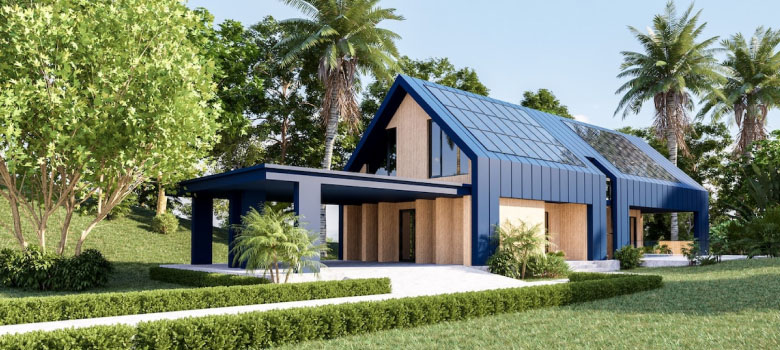
[/fusion_text][fusion_title title_type=”text” rotation_effect=”bounceIn” display_time=”1200″ highlight_effect=”circle” loop_animation=”off” highlight_width=”9″ highlight_top_margin=”0″ title_link=”off” link_target=”_self” hide_on_mobile=”small-visibility,medium-visibility,large-visibility” sticky_display=”normal,sticky” content_align=”left” size=”2″ text_shadow=”no” text_shadow_blur=”0″ gradient_font=”no” gradient_start_position=”0″ gradient_end_position=”100″ gradient_type=”linear” radial_direction=”center center” linear_angle=”180″ style_type=”default” animation_direction=”left” animation_speed=”0.3″]Windows: Letting in more than just light[/fusion_title][fusion_text hide_on_mobile=”small-visibility,medium-visibility,large-visibility” sticky_display=”normal,sticky” animation_direction=”left” animation_speed=”0.3″]
When it comes to windows in our Canberra homes, some corners simply should not be cut. Too many builders are shrinking costs by resorting to single glazed windows and then charging more for double glazing, a perk that uninformed homeowners might turn down with an eye to cost. However, the minimum for windows in Canberra homes should be double glazed. Not only are the options for this more cost effective than ever before, but they can also make your home more energy efficient, saving you money on your air con and heating solutions for years to come.
To put it in more technical terms, windows let in more than just light. They let in heat from the light that hits the pane of glass. This can be measured in a unit called a U-value, which tells builders how well a window will resist heat flow and loss. Calculations can be done to determine energy ratings and the home’s heating and cooling loads, which then determine the needs for house-wide systems and energy efficiency.
Builders can also look at Solar Heat Gain Coefficients (SHCG) when choosing the right windows for a custom home. This details how well a window reflects or transmits heat from the sun. Lower SHGC ratings are better, implying that the window is more likely to block heat absorption and transfer.
[/fusion_text][fusion_title title_type=”text” rotation_effect=”bounceIn” display_time=”1200″ highlight_effect=”circle” loop_animation=”off” highlight_width=”9″ highlight_top_margin=”0″ before_text=”” rotation_text=”” highlight_text=”” after_text=”” title_link=”off” link_url=”” link_target=”_self” hide_on_mobile=”small-visibility,medium-visibility,large-visibility” sticky_display=”normal,sticky” class=”” id=”” content_align_medium=”” content_align_small=”” content_align=”left” size=”2″ animated_font_size=”” fusion_font_family_title_font=”” fusion_font_variant_title_font=”” font_size=”” line_height=”” letter_spacing=”” text_transform=”” text_color=”” hue=”” saturation=”” lightness=”” alpha=”” animated_text_color=”” text_shadow=”no” text_shadow_vertical=”” text_shadow_horizontal=”” text_shadow_blur=”0″ text_shadow_color=”” margin_top_medium=”” margin_right_medium=”” margin_bottom_medium=”” margin_left_medium=”” margin_top_small=”” margin_right_small=”” margin_bottom_small=”” margin_left_small=”” margin_top=”” margin_right=”” margin_bottom=”” margin_left=”” margin_top_mobile=”” margin_bottom_mobile=”” gradient_font=”no” gradient_start_color=”” gradient_end_color=”” gradient_start_position=”0″ gradient_end_position=”100″ gradient_type=”linear” radial_direction=”center center” linear_angle=”180″ highlight_color=”” style_type=”default” sep_color=”” link_color=”” link_hover_color=”” animation_type=”” animation_direction=”left” animation_color=”” animation_speed=”0.3″ animation_delay=”0″ animation_offset=””]
Orientation: Window placement 101
[/fusion_title][fusion_text hide_on_mobile=”small-visibility,medium-visibility,large-visibility” sticky_display=”normal,sticky” animation_direction=”left” animation_speed=”0.3″]Where your windows are also matters. When it comes to Canberra, the best builders will consider the orientation of the windows in relation to the sun’s patterns of rising and setting to determine which may require a higher, or lower, SHGC rating. For example, glass with higher levels of heat gain can be used to assist with passive heating in the winter in placements where they are likely to take on the most light during the day. The opposite is true as well. Too much glass facing the wrong direction can serve to overheat a home and make it difficult to regulate its temperature.
When planning a home, it’s important to consider how the plan or layout with the incorporation of windows plays into the desired views as well as the pathway of the sun. For example, A second floor with a window to floor ratio of 25.35% is good, but a plan that has 68% of the glazing facing west with only 10% facing to the north can lead to overheating in that space because of the sun. In this situation, we would advise our clients of potential temperature regulation issues and recommend design changes that can reduce the load on the home’s cooling system.[/fusion_text][fusion_title title_type=”text” rotation_effect=”bounceIn” display_time=”1200″ highlight_effect=”circle” loop_animation=”off” highlight_width=”9″ highlight_top_margin=”0″ title_link=”off” link_target=”_self” hide_on_mobile=”small-visibility,medium-visibility,large-visibility” sticky_display=”normal,sticky” content_align=”left” size=”2″ text_shadow=”no” text_shadow_blur=”0″ gradient_font=”no” gradient_start_position=”0″ gradient_end_position=”100″ gradient_type=”linear” radial_direction=”center center” linear_angle=”180″ style_type=”default” animation_direction=”left” animation_speed=”0.3″]The rise and fall of the sun, and why it matters[/fusion_title][fusion_text hide_on_mobile=”small-visibility,medium-visibility,large-visibility” sticky_display=”normal,sticky” animation_direction=”left” animation_speed=”0.3″]The angle of the sun, its placement in the sky, and how long we’re exposed to it clearly changes with the seasons. And this should be something a builder considers when placing a home on a property or designing window placement. In Canberra, the sun is high in the sky at 70° in the height of summer and lowers to 30° in the winter.
Builders should consider the direction that the light will enter the home during all seasons, since this can dictate window placement. What’s more, builders can incorporate shading devices such as overhangs, screens, or even plantings to help obstruct the sun when it’s needed most.
As a general rule here in Canberra, it is often best to position our living rooms to the north, garage to the west or south, bedrooms, bathrooms, and laundry to the south or east. Using the NatHERS and Passive House methodology, there is no excuse to build homes in Australia that have such large heating and cooling loads each year.[/fusion_text][fusion_title title_type=”text” rotation_effect=”bounceIn” display_time=”1200″ highlight_effect=”circle” loop_animation=”off” highlight_width=”9″ highlight_top_margin=”0″ title_link=”off” link_target=”_self” hide_on_mobile=”small-visibility,medium-visibility,large-visibility” sticky_display=”normal,sticky” content_align=”left” size=”2″ text_shadow=”no” text_shadow_blur=”0″ gradient_font=”no” gradient_start_position=”0″ gradient_end_position=”100″ gradient_type=”linear” radial_direction=”center center” linear_angle=”180″ style_type=”default” animation_direction=”left” animation_speed=”0.3″]Your windows are the weakest point in a home, thermally speaking[/fusion_title][fusion_text hide_on_mobile=”small-visibility,medium-visibility,large-visibility” sticky_display=”normal,sticky” animation_direction=”left” animation_speed=”0.3″]When it comes to energy savings, the more windows you have, the more chances you have that energy can seep into or out of your home. This directly affects the amount of heating and cooling that a space will need to keep things comfortable for those who live there.
Windows, doors, and glazing are the weakest points in a home when it comes to heat loss. In fact, a typical home can lose up to 40% of its heating through its windows. Compare the R-value for a typical double-glazed window (R 0.31) to that of an insulated brick veneer wall (R 2.2) and you can see how quickly you would lose heat relative to one another.
Passionate about energy savings? Read on: Tips for Building a Good Energy-Efficient Home[/fusion_text][fusion_title title_type=”text” rotation_effect=”bounceIn” display_time=”1200″ highlight_effect=”circle” loop_animation=”off” highlight_width=”9″ highlight_top_margin=”0″ title_link=”off” link_target=”_self” hide_on_mobile=”small-visibility,medium-visibility,large-visibility” sticky_display=”normal,sticky” content_align=”left” size=”2″ text_shadow=”no” text_shadow_blur=”0″ gradient_font=”no” gradient_start_position=”0″ gradient_end_position=”100″ gradient_type=”linear” radial_direction=”center center” linear_angle=”180″ style_type=”default” animation_direction=”left” animation_speed=”0.3″]A little maths to sort out your energy savings…[/fusion_title][fusion_text hide_on_mobile=”small-visibility,medium-visibility,large-visibility” sticky_display=”normal,sticky” animation_direction=”left” animation_speed=”0.3″]While your builder can, or should, be able to do the calculations for you based on the NatHERS energy rating scale, at a high level, it’s important to know that your energy savings can be tangible, calculable benefit.
A 6.0 Star home, the minimum requirement here in Australia, has a combined heating and cooling load of 165 Mj/m2/A. By comparison, an 8.5 Star home has a load of 56 Mj/m2/A. When put into terms of heating and cooling bills, you’re looking at a cost of $4010.12 to run the heating and cooling of a 6.0 Star home. In contrast, an 8.5 Star home will cost only $1461.25. That’s a savings of $2548.87 annually.
And that’s maths that matters to your bank account, especially when considerations like the sun, window selection, and orientation can be the difference between Star ratings.[/fusion_text][fusion_title title_type=”text” rotation_effect=”bounceIn” display_time=”1200″ highlight_effect=”circle” loop_animation=”off” highlight_width=”9″ highlight_top_margin=”0″ title_link=”off” link_target=”_self” hide_on_mobile=”small-visibility,medium-visibility,large-visibility” sticky_display=”normal,sticky” content_align=”left” size=”2″ text_shadow=”no” text_shadow_blur=”0″ gradient_font=”no” gradient_start_position=”0″ gradient_end_position=”100″ gradient_type=”linear” radial_direction=”center center” linear_angle=”180″ style_type=”default” animation_direction=”left” animation_speed=”0.3″]Energy savings that adds up with Canberra Home Builders[/fusion_title][fusion_text hide_on_mobile=”small-visibility,medium-visibility,large-visibility” sticky_display=”normal,sticky” animation_direction=”left” animation_speed=”0.3″]Of course, there’s much more that goes into ensuring that a home is energy efficient. And if you care about your bills and the environment, you’ll want to work with a builder that understands and values the nuances that come with crafting a home with intention.
At Canberra Home Builders, we pride ourselves in ensuring that no detail is left uncovered when it comes to creating a custom home for our clients. With our superior building process, we ensure that clients remain up to date on the progress of their build and the factors that will affect every aspect of the design.
The first step to a custom, energy-efficient home here in Canberra is a free, obligation consultation with the Canberra Home Builders team. We work with every client from the start to understand their vision and deliver a house that can truly be the home of their dreams for years to come. Get started with us today by calling on 02 6171 6104 or requesting a consultation online.[/fusion_text][/fusion_builder_column][/fusion_builder_row][/fusion_builder_container]
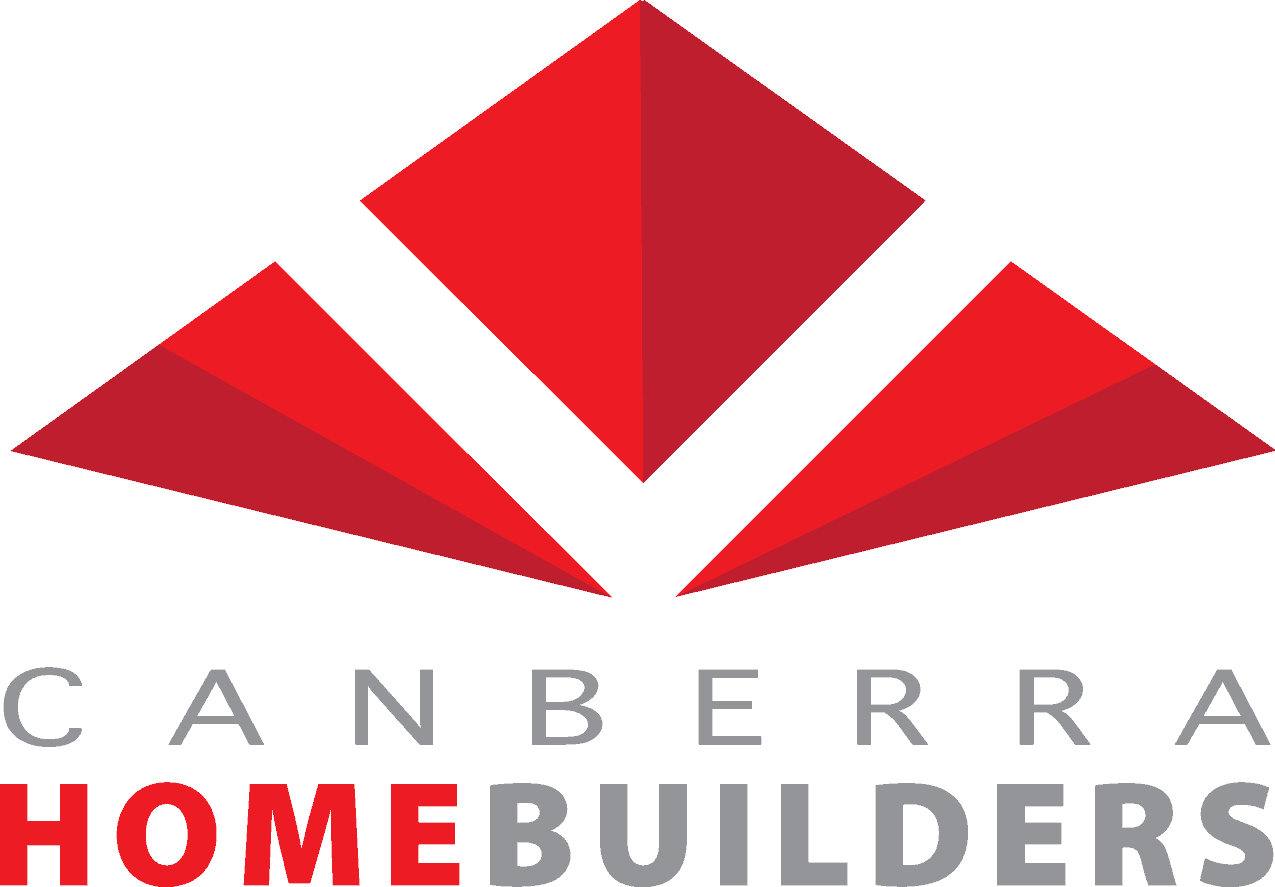



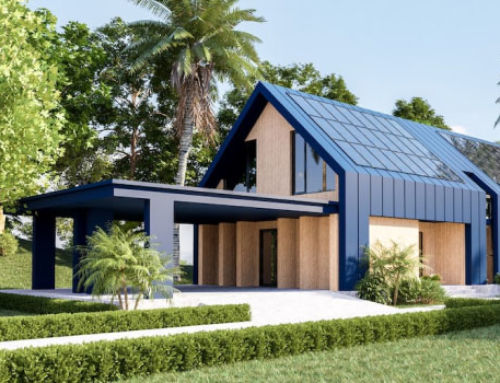
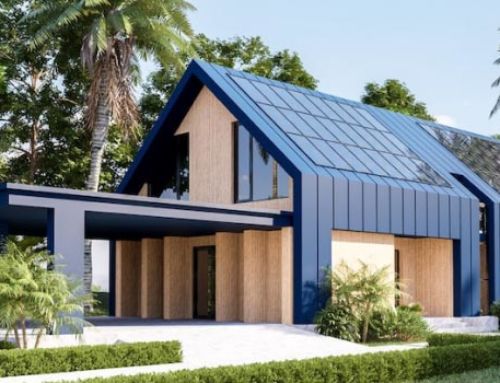
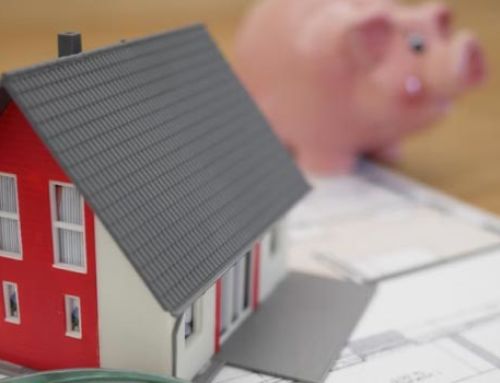
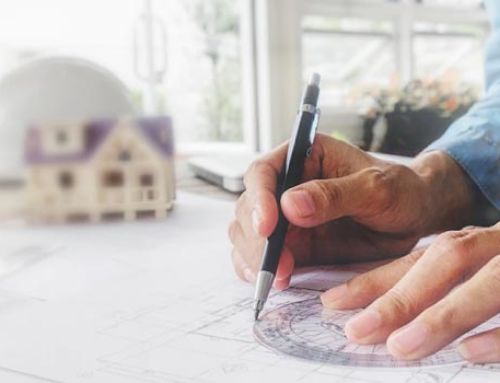
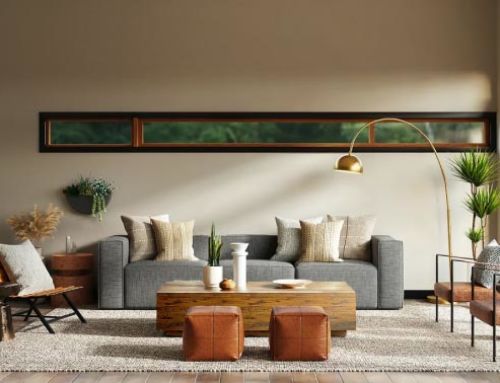
![How Much Does Home Design Cost in Canberra [Industry Pricing Revealed]](https://www.canberrahomebuilders.com.au/wp-content/uploads/2022/05/How-Much-Does-Home-Design-Cost-in-Canberra-500x383.png)
![Exterior Modern House Design Elements [BONUS: Sample Designs]](https://www.canberrahomebuilders.com.au/wp-content/uploads/2022/03/Canberra-builder-06-500x383.png)